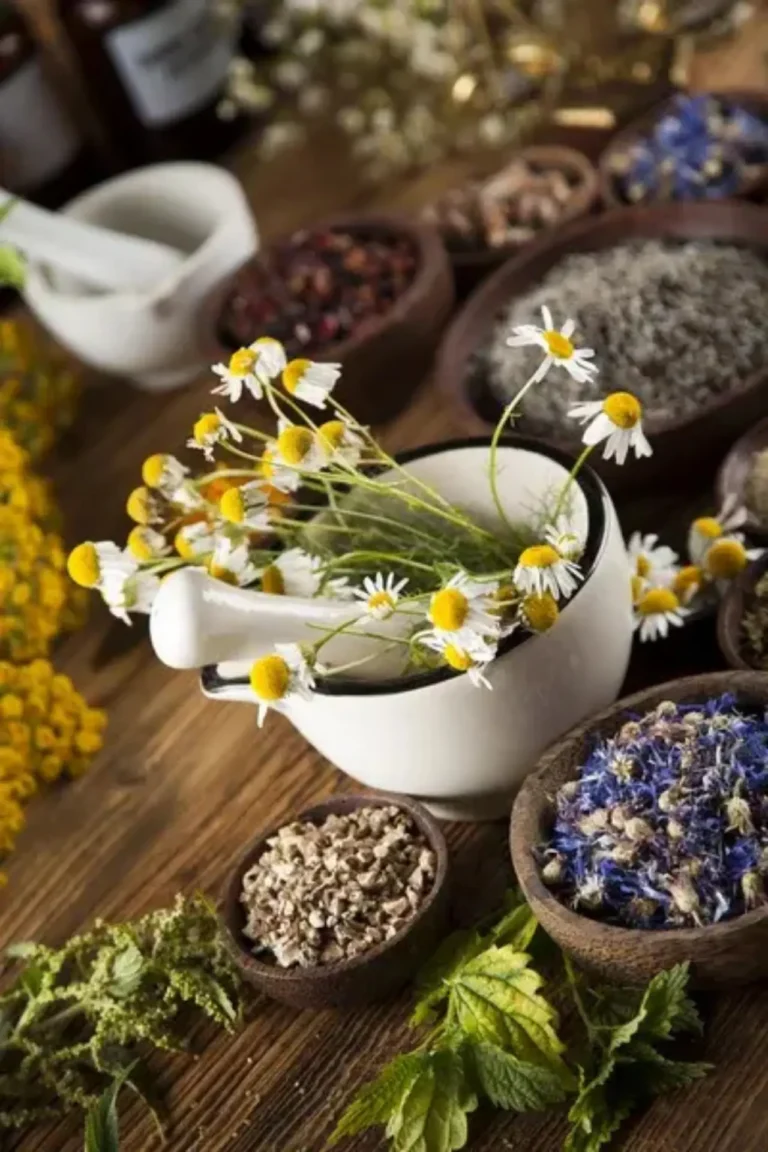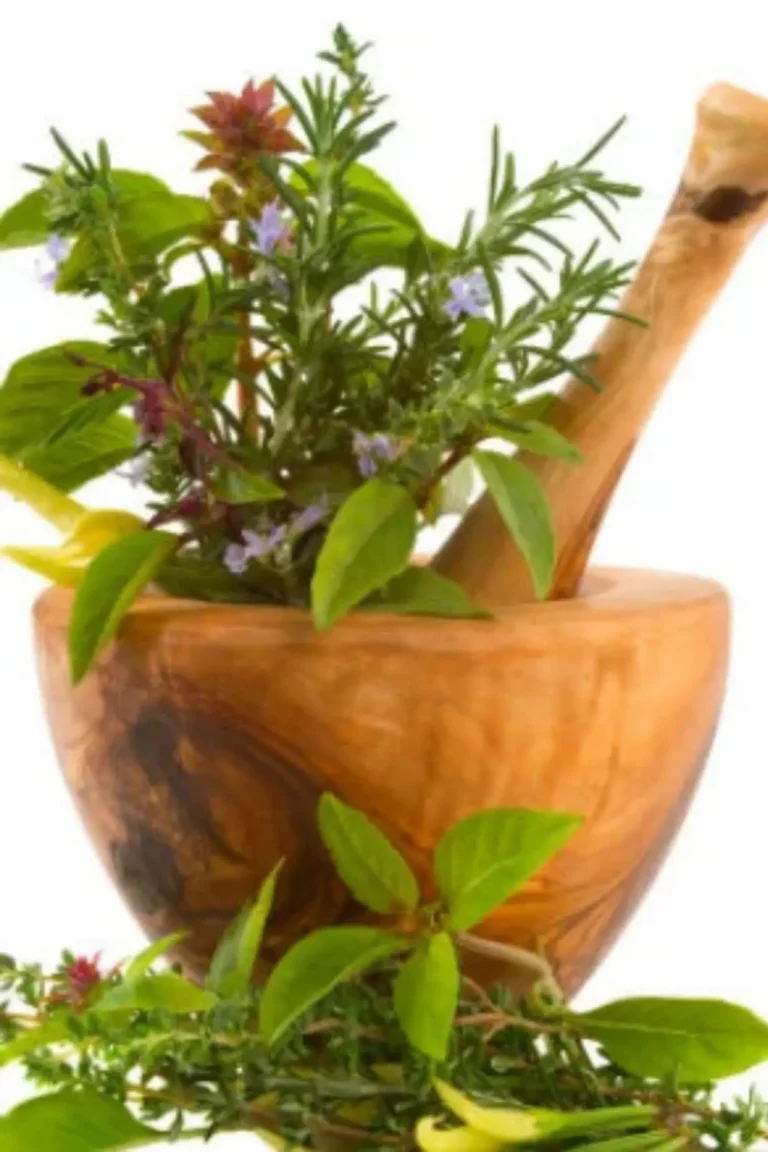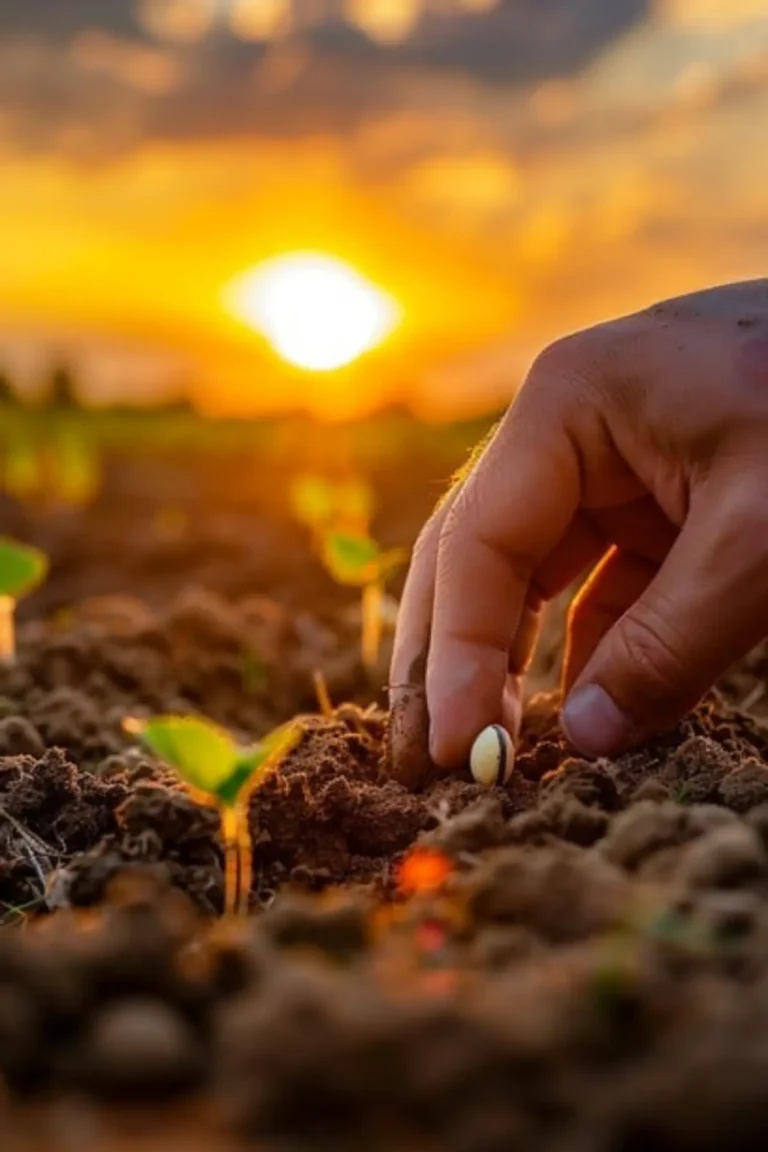SHOP BY CATEGORY
Vegetable Seeds Guide: Grow Fresh Vegetables at Home in Pakistan
Growing your own vegetables at home is one of the most rewarding parts of gardening. With the right vegetable seeds Guide, soil, and care, you can enjoy chemical-free, fresh produce straight from your balcony or backyard. In Pakistan, more and more home gardeners are turning to organic vegetable cultivation as food prices rise and awareness about healthy eating increases.
Whether you’re a beginner or an experienced grower, this Vegetable Seeds Guide will help you choose, sow, and care for your plants the right way.
1. Why Growing Vegetables from Seeds is Better
Starting from seeds gives you complete control over what you grow. You can choose non-GMO, organic vegetable seeds suitable for Pakistan’s climate. Seeds are affordable and offer a wide variety compared to pre-grown plants.
👉 Explore high-quality Vegetable Seeds available at SeedBeej.pk.
2. Choosing the Right Vegetable Seeds for Pakistan’s Climate
Different regions in Pakistan have different weather conditions, so selecting seeds that match your area’s temperature is key.
- For hot climates (Karachi, Multan, Hyderabad): go for okra, chili, tomatoes, and eggplant.
- For cooler regions (Islamabad, Murree, Quetta): cabbage, carrots, spinach, and peas grow beautifully.
- For moderate areas (Lahore, Faisalabad): you can grow a mix of warm and cool-season vegetables.
3. Seed Sowing Basics for Beginners
Before sowing, check the seed packet for details like germination time and depth. Use seed trays or plant pots filled with light compost-rich soil. Water gently and place them in sunlight for 4–6 hours daily.
👉 Check our Compost Collection to enhance germination naturally.
4. Best Soil Mix for Vegetable Growth
A healthy plant starts with healthy soil. Mix garden soil, compost, and coco peat in equal parts. This mixture ensures proper drainage and nutrients. Regularly loosen the soil to let roots breathe.
5. Watering and Light Needs for Vegetable Plants
Vegetable plants need consistent moisture but not overwatering. Early morning or late evening watering is ideal in Pakistan’s hot climate. Most vegetables require 6–8 hours of sunlight daily to grow properly.
6. Protecting Your Vegetable Plants from Pests
Pests like aphids and whiteflies can harm tender plants. Use neem oil sprays, organic pesticides, or yellow sticky traps to protect your vegetables safely.
👉 Shop natural Pest Control to keep your plants healthy.
7. Harvesting Tips for Fresh and Flavorful Vegetables
Timing matters! Harvest vegetables when they reach full size but before they overripe. Pick early in the morning for the best flavor. Regular harvesting encourages more growth.
8. Storing and Saving Seeds for Next Season
Once you’ve grown your vegetables successfully, save seeds from your best plants. Dry them completely and store them in airtight containers for next year’s planting.
9. Key Tips for Successful Vegetable Gardening
- Always start with high-quality seeds.
- Use organic compost instead of chemical fertilizers.
- Water deeply but less often.
- Rotate crops every season to prevent soil exhaustion.
- Monitor your plants regularly for pests and diseases.
10. Top Vegetable Seeds to Try in Pakistan
- Tomato Seeds – perfect for both pots and gardens.
- Spinach Seeds – fast-growing and nutritious.
- Okra Seeds – ideal for hot climates.
- Coriander Seeds – great for daily cooking use.
- Carrot Seeds – easy to grow in cool months.
👉 Find all varieties at SeedBeej.pk.
Conclusion
Growing vegetables at home is a joyful and sustainable practice. With SeedBeej.pk’s, premium-quality vegetable seeds, you can start your own kitchen garden, enjoy fresh harvests, and make your meals healthier and tastier. All you need is patience, sunlight, and care — and nature will do the rest!
FAQs
Q1: Which vegetable seeds grow fastest in Pakistan?
Radish, spinach, and coriander grow quickly and are great for beginners.
Q2: Can I grow vegetables indoors?
Yes, leafy greens like lettuce, spinach, and coriander do well in containers indoors.
Q3: When is the best time to plant vegetable seeds in Pakistan?
Spring and autumn are ideal seasons for most vegetable seeds.
Q4: How often should I water vegetable plants?
Water every 2–3 days in summer, and once every few days in winter depending on soil moisture.



